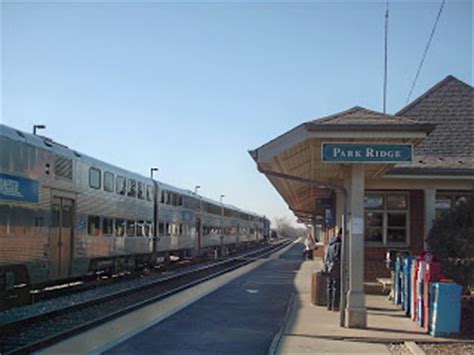
I was born in a town called Park Ridge, Illinois, in 1999, and I’ve lived here my whole life. It’s a suburb that borders the city of Chicago, Illinois. The town of Park Ridge is a nice place to live but has never been an inspiring place to live. Its nickname is “Action Ridge”, always said sarcastically. While there are some interesting things to do, for most of my life I thought of it as a boring, suburban town that I just happened to live in. It’s generally pleasant, but it became stifling to me when I was a teenager. My dreams were bigger than what Park Ridge could offer me, so I left and didn’t look back.
I’ve been at home for a few weeks now, and one day I drove past this large house on the other side of town, near the Trader Joe’s I shop at occasionally. It used to be the color of old, exposed wood, but now it was painted bright white.



The house had always been a curious feature of my adolescent landscape. It had been a decrepit place, a stark difference from the old-money homes that defined this area of Park Ridge. But once, the door was open. The interior was old and dusty, but the brightly colored posters and stone sculptures drew me in like a moth to a flame. I was only twelve or thirteen years old at the time. It had felt like that old house was keeping secrets from me at the time. It still does, seeing that house now.
That house was once home and a studio to two artists, a couple named Alfonso and Margaret Iannelli, where the main goal of their studio’s artmaking was to make modernist art accessible to the masses, through print media, commercial design, and public sculpture. They had moved to Park Ridge in 1919, deciding to relocate their artist studio to the town after working first in Los Angeles, then in Chicago.



The art of the Iannelli’s still astounds me to this day. I eye the closed door of that house, wondering how’s it’s changed since I last went there. When I had visited the house, it had been soon after the Kalo Foundation, a non-profit dedicated to preserving the artistic legacy of my town, bought the building to serve as a heritage center. The Kalo Foundation itself was named after another arts organization that had existed in Park Ridge, the Kalo Shop, which was a premier silversmithing institution during the American Arts and Crafts movement. It was founded by artist Clara Pauline Barck Welles in 1900, with five other young female artists, all graduates from the Art Institute of Chicago.
I first heard about the Kalo Shop only recently, despite having previous knowledge about the Iannellis. There’s another house, a few blocks away from the Iannelli Studios, that served as the first studio space for the Kalo Shop for seventy years. Searching the Kalo Shop brings up a vast array of silverwork, from Art Nouveau jewelry to hand-hammered holloware, made with care and artistry that is rare to see today.
I’m not one to glamorize the past, but I think this is an occasion to do it. A hundred years ago, I could have lived in a place where art thrived. Today, Park Ridge doesn’t have any galleries. The few visual arts organizations in this town only focus on educating children. While thankfully the arts programs of our schools are well funded, the programs never focused on the art history of Chicago, much less our mundane little suburb.
The history of Park Ridge’s artists isn’t in the hands of those who live here and hasn’t been for a long time. Maybe if more of this information was publicly available, Park Ridge could’ve been a place that better supported me as an artist. Maybe if the legacy of these artists could thrive better outside the closed doors of that white house, I wouldn’t have felt the initial need to run so far from this place that I once thought was mundane.
The consolation prize for me is that Park Ridge had the opportunity to become that place for other children looking to ground their art in something bigger than themselves. In the original naming of the Kalo Shop, the word Kalo comes from Greek, meaning “to make beautiful”. A once dingy-looking house was made beautiful again by the Kalo Foundation. The mere existence of this foundation shows that people do care about the artistic legacy of Park Ridge. It gives me hope that there can be better reclamation of this history that can inspire others like me, that others will not only honor the beautiful art that came from this place but make beautiful art themselves.
